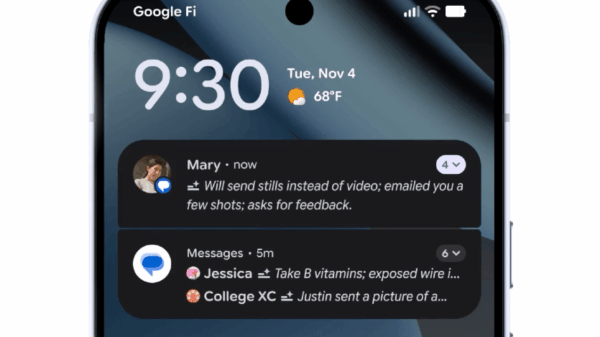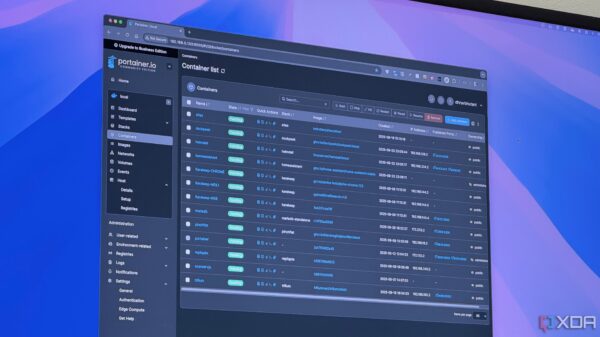Valve has officially announced its entry into the mobile gaming arena with the unveiling of the Steam Frame, a new device that supports Android games alongside traditional PC titles. This innovative headset, powered by an Arm-based Qualcomm Snapdragon chip, is designed to enhance the gaming experience by allowing players to access both Windows and Android applications seamlessly.
The Steam Frame aims to simplify the user experience, with Valve engineers emphasizing the importance of a straightforward interface. According to Jeremy Selan, a Valve engineer, “From the user’s perspective, our preference is that they don’t even have to think about it; they just have their titles on Steam, they download them and hit play.” This approach reflects Valve’s commitment to integrating Android apps directly into the Steam ecosystem.
Encouraging Android Development
Valve plans to actively support developers in bringing their Android applications to Steam. The company is launching a developer kit program to facilitate access to the Steam Frame hardware, aiming to attract developers from the mobile VR sector, particularly those creating content for platforms like the Meta Quest. Selan noted, “They’re really VR developers who want to publish their VR content, and they’re porting a mobile VR title where they’re already familiar with how to make those APKs.”
The performance of the Steam Frame is expected to be robust, as it leverages native code execution. While Valve’s SteamOS is distinct from Android and utilizes the Proton compatibility layer for certain apps, the Arm architecture allows for efficient operation without translation issues.
Future Possibilities and Integration
Valve’s focus on gaming does not entirely exclude other types of applications. When asked about the potential inclusion of non-gaming Android apps, Lawrence Yang from Valve responded, “We’ve never disinvited people from doing that. We are a games company and we are focused on games, but like you said, there are a lot of things on Steam that are tools, software like Blender for instance.”
Selan also highlighted the intention to incorporate rich browser integration within the Steam Frame, allowing for multitasking and the potential to use web applications seamlessly. “We expect that will bridge a lot of that gap,” he stated, hinting at plans for users to easily launch web apps directly from the Steam interface.
The announcement of the Steam Frame is likely just the beginning for Valve. With indications that Google may soon allow alternative app stores on Android, Valve could expand its offerings beyond just VR games. Additionally, reports from Gamers Nexus suggest that users will be able to sideload Android APKs onto the device, further enhancing its versatility.
Valve’s Pierre-Loup Griffais expressed optimism about the future of SteamOS on other Arm-based devices, suggesting that the Steam Frame could pave the way for broader compatibility, including laptops and future handhelds. “Arm obviously has a lot of potential,” he remarked, pointing to the evolving landscape of mobile gaming.
As Valve prepares for a subscriber-exclusive AMA on November 12, 2023, at 15:00 ET, anticipation builds around how the Steam Frame will reshape the gaming experience for both developers and players alike. With its focus on integrating Android games and support for a wide range of applications, Valve is poised to make a significant impact in the mobile gaming sector.







































































